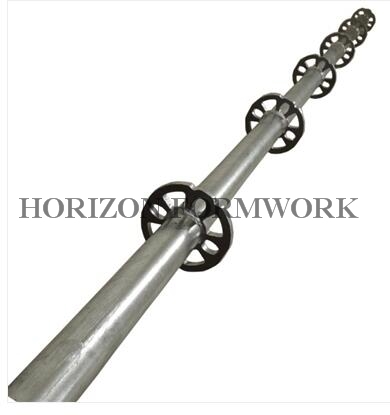Nov . 08, 2024 21:34 Back to list
china column formwork
Understanding China’s Column Formwork A Comprehensive Overview
Column formwork is a critical component in the construction industry, particularly in large-scale projects where the structural integrity and aesthetic appeal of columns are paramount. In China, the advancement and utilization of column formwork have become increasingly sophisticated, reflecting the country's rapid urbanization and infrastructure development. This article explores the essence of column formwork within the context of China's construction landscape, including its types, benefits, challenges, and innovations.
What is Column Formwork?
Column formwork refers to the temporary structures used to mold concrete into specific shapes during the construction of columns. These forms are essential for ensuring that the concrete maintains its shape until it sets and achieves the desired strength. Column formwork can be made from various materials, including wood, steel, and plastic. The choice of material often depends on factors such as project specifications, cost, and the environment in which they will be used.
Types of Column Formwork
In China, several types of column formwork are utilized, each serving distinct purposes
1. Traditional Timber Formwork This type has been used for decades and involves constructing a mold from plywood and other timber materials. While cost-effective, it is labor-intensive and may require significant time for assembly and disassembly.
2. Steel Formwork Steel forms are durable, reusable, and provide a smooth finish to poured concrete. They are more resistant to deformation than timber forms, making them ideal for high-rise buildings and projects requiring a high degree of precision.
3. Aluminum Formwork Light yet robust, aluminum formwork has gained popularity due to its low weight, which simplifies handling and installation. This type minimizes material wastage and offers quick assembly times, making it a preferred choice for fast-track construction projects.
4. Modular Formwork Systems These systems are flexible and can be easily adjusted to cater to different column shapes and sizes. They facilitate quick changes between different project requirements and are increasingly favored in modern construction practices.
Benefits of Column Formwork in China
The adoption of advanced column formwork systems in China offers several benefits
- Speed of Construction Modern formwork systems enable rapid assembly and disassembly. This efficiency considerably reduces the overall construction time, helping meet tight project deadlines.
- Cost-Effectiveness Although initial investments in advanced materials may be higher, the reusability and reduced labor costs associated with modern formwork often lead to overall savings.
china column formwork

- Quality Control With precise molding, column formwork ensures that the concrete structure maintains strict adherence to design specifications, leading to improved consistency and quality of the finished product
.- Safety Properly designed formwork systems enhance worker safety by providing stable platforms and reducing the risks associated with falls or material collapses during construction.
Challenges of Column Formwork
Despite its advantages, the utilization of column formwork in China is not without challenges
- Quality of Materials Variability in the quality of formwork materials can affect the durability and performance of the structures. Ensuring high standards in the procurement process is essential.
- Labor Skill Requirements The efficient use of advanced formwork systems requires skilled labor familiar with modern construction techniques. Training and workforce development are imperative to maximize productivity.
- Environmental Considerations The environmental impact of constructing and disposing of traditional materials points to the need for sustainable alternatives in formwork construction.
Innovations in Column Formwork
As China continues to push the boundaries of construction technology, innovative solutions are emerging to address the challenges faced by column formwork
- Digital Fabrication Advanced technologies like 3D printing are being explored to create customized formwork solutions, streamlining the design and production process.
- Smart Formwork Systems These systems integrate technology to monitor structural integrity and provide real-time data, ensuring better safety and efficiency during construction.
- Sustainable Materials Research into environmentally friendly materials is gaining traction, leading to the development of formwork systems that minimize waste and lower the carbon footprint.
Conclusion
The evolution of column formwork in China reflects the nation’s ambitious infrastructure goals and its commitment to improving construction practices. As technology continues to advance, the future of formwork systems looks promising, offering new possibilities for enhanced efficiency, safety, and sustainability in the construction sector. Understanding these trends is essential for stakeholders aiming to leverage the benefits of modern formwork in their projects.
-
Premium Formwork Wing Nuts & Tie Rods | Factory Supplier
NewsAug.29,2025
-
Expert Ringlock Scaffolding: Durable, Safe, Efficient Solutions
NewsAug.28,2025
-
Ringlock Scaffolding: Strong, Safe & Efficient Solutions
NewsAug.27,2025
-
OEM Column Formwork: Circular, Curved & Inclined Solutions
NewsAug.26,2025
-
Premium Scaffolding Jacks: Stable, Adjustable & Durable
NewsAug.25,2025
-
OEM Wall Formwork & Shuttering: Flexible & Curved Solutions
NewsAug.24,2025